|
|
1750
|
Population
within the United Kingdom estimated at 5.8 million.
One fifth of the population were likely to be paupers.
|
|
|
|
1769
|
Dr
George Armstrong considered as one of the fathers of
modern paediatrics, establishes
dispensary services for children in London.
|
|
|
|
1797
|
“An
Essay on the Diseases Most Fatal to Infants",
by George Armstrong Published.
|
|
|
|
1790
|
Population
within the United Kingdom estimated to be 8 million. |
|
|
|
1798
|
Edward
Jenner deliberately infected patients with the cowpox
virus protecting them against infection by the more serious
smallpox virus. The first ever vaccination. |
|
|
|
1799
|
“A
Treatise on Diseases of Children”, by M Underwood, Published. |
|
|
|
1802
|
Paris
opens the world’s first children’s "Hospital Hôpital
des Enfants Malades". |
|
| |
|
| |
Health
and Morals of Apprentices Act of 1802. Attempted
to legislate and fixed a maximum twelve hour working day
for children. Prohibited night work; required minimum
standards of accommodation; along with the provision of
some elementary education. |
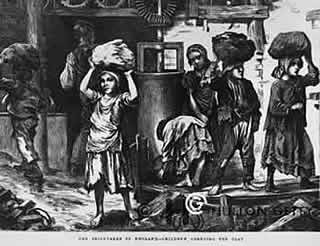 |
|
|
1811
|
27
May census estimated the population of England and Wales
at 10·2 million. |
|
|
|
1819
|
Cotton
Mills and Factories Act of 1819. Prohibited children
under the age of nine years from working in cotton mills,
and restricted those over the age of nine to a 12 hour
day. |
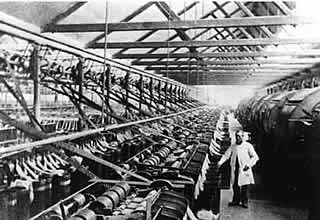 |
|
|
1833
|
Slavery
Abolition Act gave all slaves within the British Empire their freedom. |
|
| |
|
| |
Factories
within the United Kingdom employed 84,000 young people,
50% of which were under the age of 14. |
|
| |
|
| |
The
Factory Act of 1833 intended to regulate and improve
the Labour of Children and Young Persons in the Mills
stipulating. |
|
| |
|
| |
- No
child workers under 9 years of age.
- Employers
must have a medical or age certificate for child workers.
- Children
between the ages of 9-13 to work no more than 9 hours
a day.
- Children
between 13-18 to work no more than 12 hours a day.
- Children
are not to work at night.
- Two
hours schooling each day for children.
|
|
|
|
1834
|
Chimney
Sweeps Act of 1843. Forbade the apprenticing of any
boy under the age of 10 years, and the employment of children
under 14 in chimney sweeping unless they were apprenticed
or on trial. Later chimney sweep Acts any child under
the age of 16 years being apprenticed, and any person
under 21 being compelled or knowingly allowed to ascend
or descend a chimney or flue for sweeping, cleaning or
coring. |
|
|
|
1836
|
Birth
registration becomes mandatory. |
|
|
|
1941-
5
|
Infant
mortality 148 per 1000. |
|
|
|
1844
|
“Lectures on the Diseases of Infancy and Childhood”,
published by Charles West .
|
|
|
|
1848
|
Dr
Charles West working in a London dispensary began raising
support and funding for the UK’s first ever children’s
hospital known as Great Ormond Street. |
|
|
|
1850
|
Children’s
hospitals begin to open within the United Kingdom. However
these hospitals initially only built for children from
poor backgrounds as children from wealthy backgrounds
would be nurses at home. |
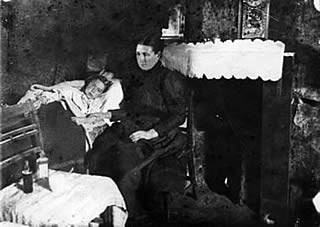 |
|
|
1851-
5
|
Infant
mortality 156 per 1000. |
|
|
|
1851
|
The
population in England and Wales was given as 17•9 million,
thirty five per cent aged less than 15 years and four
per cent aged 65 or more. For the first time more people
were recorded as living in towns than in rural areas. |
|
|
| 1852 |
Great
Ormond Street Hospital opens. |
|
|
|
1853
|
Childhood
Vaccinations begins with compulsory Smallpox vaccinations. |
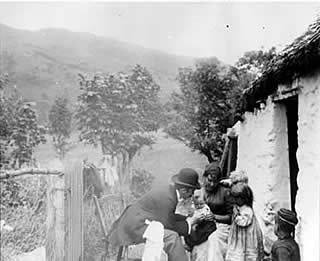 |
|
|
1854
|
Dr
Charles West publishes How to Nurse Sick Children. |
|
|
|
1859
|
Florence
Nightingale publishes Notes on Nursing a year later
she set up the first nurse’s training school at St. Thomas's
Hospital. |
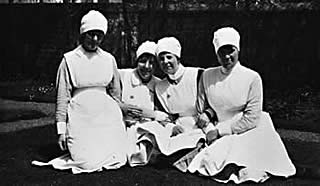 |
|
|
1861-5
|
Infant
mortality 151 per 1000. |
|
|
|
1862
|
Manchester
and Salford Ladies Health Society appointed the first
"health visitors", to visit the poorer people
and teach them the rules of health and childcare. |
|
|
|
1867
|
Vaccination
Act of 1867 consolidated and amended previous acts;
making vaccination compulsory for all infants. |
|
|
|
1868
|
First
report of the Royal Commission on the Employment of Children,
Young Persons and Women in Agriculture published. |
|
|
|
1870
|
The
Education Act of 1870 made school attendance for the
under 13s compulsory. |
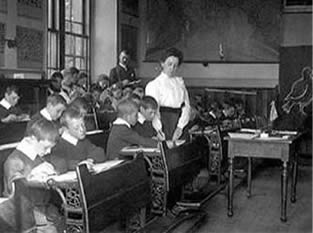 |
| |
|
|
|
Thomas
Barnardo open’s his first home for boys in Stepney
Causeway. |
|
|
|
1871-5
|
Infant
mortality 153 per 1000. |
|
|
|
1873
|
Agricultural
Children’s Act of 1873 stated that children between
the ages of 8 and 10 years could be employed in agriculture
only if the parent signed a certificate stating that the
child had completed 250 school attendances, and if the
child was over ten 150 attendances in the preceding 12
months. |
|
|
|
1874
|
Factory
Act of 1874 raised the minimum working age to nine;
limited the working day for women and young people to
10 hours in the textile industry, to be between 6 am and
6 pm; and reduced the working week to 56½ hours. |
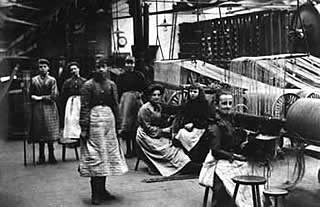
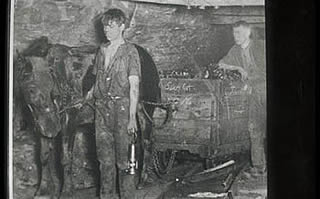
|
|
| 1880 |
Miss
Catherine Wood a lady superintendant at Hospital for Sick
Children (GOSH) establishes a formal training scheme for
children’s nurses in the UK. |
|
|
| 1881-5 |
Infant
mortality 139 per 1000. |
|
|
| 1884 |
The
National Society for the Prevention of Cruelty to Children
(NSPCC)
founded. |
|
|
| 1887 |
Dr
Robert Philip founded the first Tuberculosis Dispensary
in the world. |
|
| |
|
| |
The
Royal British Nurses' Association (RBNA)
founded. |
|
|
| 1888
|
The
earliest record of community children's nurses found in
the home based private nurses register. |
|
|
| 1889
|
Police
given power to arrest abusers/enter homes, working guidelines. |
|
| |
|
| |
Begging
is made illegal. |
|
| |
|
| |
The
first Prevention of Cruelty to Children Act was passed
in 1889. |
|
|
| 1891-5 |
Infant
mortality 151 per 1000. |
|
|
| 1893
|
London
school Nurses Society Formed to Visiting poor boarding
school pupils. |
|
|
| 1894
|
Children
able to testify in court, mental cruelty recognised, it
becomes an offence to deny sick child treatment. |
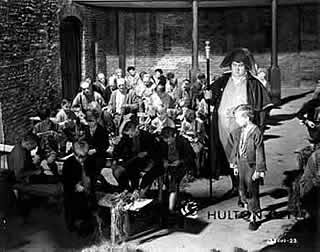 |
|
| 1900
|
Infant
mortality 138 per 1000. |
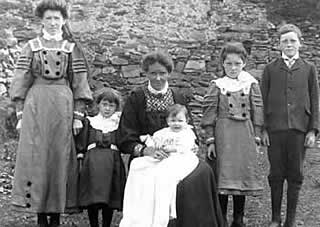 |
|
| 1901
|
At
the end of the Queen Victoria's reign, laws had been passed
to stop young children working in factories and as chimney
sweeps. |
|
|
| 1902 |
Midwives
Act of 1902 - all midwifes undergo formal training
and register
with the Central Midwifes Board. |
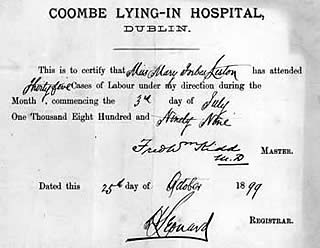 |
| |
|
| |
Education
Act of 1902. Local authorities given powers to provide
secondary education. |
|
|
| 1906 |
Education
(provision of meals) Act of 1906 ensured
that meals provided in school for children in deprived
areas. |
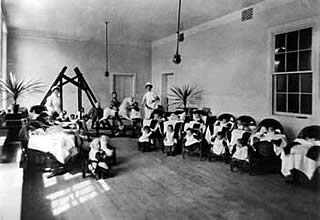
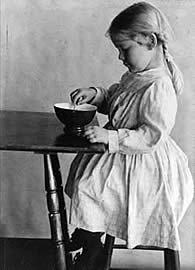
|
|
| 1907 |
Education
Act of 1907 saw beginning of school medical inspections. |
|
|
| 1908 |
Children’s
Act of 1908 was the first comprehensive charter within
the UK to protect children. It gave powers for the removal
of children from undesirable situations; required the
appointment of infant life protection visitors; specified
procedures for placing children in the care of a "fit
person"; established children’s courts and what later
became remand homes; and regulated aspects of the employment
of children. |
|
| |
|
| |
Juvenile
courts introduced. |
|
| |
|
| |
Sex
abuse in families becomes legal matter rather than church
intervention. |
|
| |
|
| |
School
health service established. |
|
|
| 1910 |
Midwives
Act of 1910 ensures that only certified midwives can
attend childbirth. |
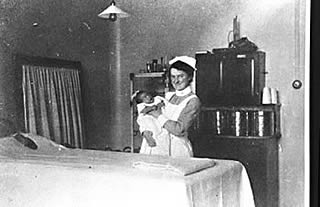 |
|
|
1911-5
|
Infant
mortality 110 per 1000. |
|
|
|
1916
|
The
College of Nursing [later
the RCN] established. |
|
|
|
1918
|
Maternity
and Child Welfare Act of 1918 required local authorities
to appoint a maternity and child welfare committee. To
encourage the setting up of antinatal and child welfare
clinics. |
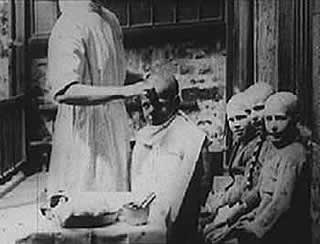 |
| |
|
| |
Education
Act of 1918 compulsory attendance in secondary school
until the age of 14. |
|
|
|
1919
|
Nurses
Registration Act of 1919 inforces the set up of a
register for nurses along with a supplementary register
for children's nurses. |
|
|
|
1921
|
Evelyn
Margaret Hughes became the first Registered Sick Children’s
Nurse (RSCN) admitted to the professional nursing register. |
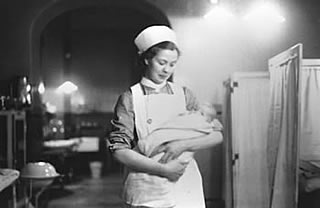 |
|
|
1921-5
|
Infant
mortality 76 per 1000. |
|
|
| 1924 |
League
of nations adopts the First charter for childrens rights. |
|
|
| 1931-5 |
Infant
mortality 62 per 1000. |
|
|
| 1933 |
Children
and Young Persons Act of 1933 defined those in need
of care and protection as 0-17 years. |
|
|
| 1938 |
|
Watch
a video of sunlight lamp therapy for childhood rickets
(RealPlayer
required) Help
downloading |
|
| 1939-45 |
During
the Second World War the Childrens
Society help set up 127
war nurseries for nearly 7,000 young children evacuated
from Britain's bombed cities.
|
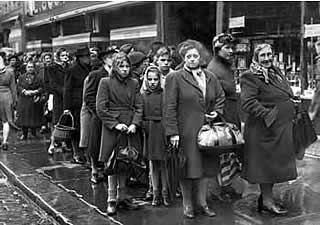

Listen
to an audio clip of memories of rationing (RealPlayer
required) Help
downloading
|
|
|
1940
|
Diptheria
Vaccine Introduced. |
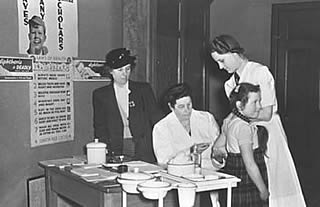 |
|
|
1941-5
|
Infant
mortality 50 per 1000. |
|
|
|
1945
|
Family
Allowance Act of 1945 Dependent children under
15, those aged 15-18 and still in education, and older
non-working children over 15 were provided for by Family
Allowance and Child Tax Allowance. |
|
|
|
1946
|
One
third of children wards prohibit visiting. |
|
| |
|
| |
The
Curtis Report on children 'deprived of a normal home life'
was published, prompting a revolution in childcare. For
the first time, children were acknowledged as the nation's
responsibility. This report paved the way for the Children's
Act of 1948, which placed the duty of caring for homeless
children and those in need on local authorities. |
|
|
|
1948
|
National
Health Service formed. |
|
| |
|
| |
United
Nations Convention Universal Declaration of Human
Rights published. |
|
|
|
1949
|
Bristol
Royal hospital of sick children's permitted visiting hours
twice weekly or daily depending on the sister’s discretion. |
 |
|
| 1950 |
Welfare
clinics begin to be etablished throughout the UK. |
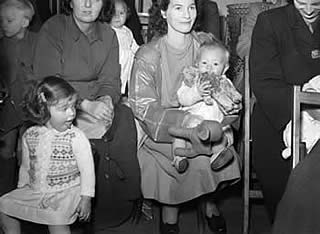
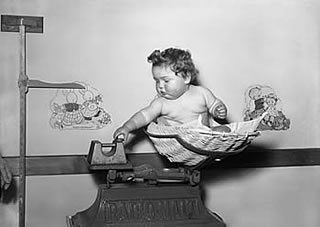
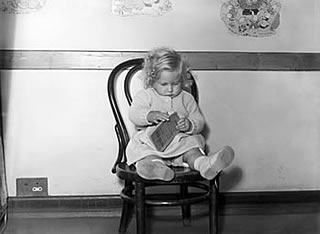
|
|
|
1951-5
|
Infant
mortality 27 per 1000. |
|
|
|
1952
|
James
and Joyce Robertson produce the Video "a
Two year Old goes to Hospital" . Followed five
years later by the video "Going
to Hospital with Mother". |
|
|
|
1953
|
Wartime
rationing finishes. |
|
|
|
1955
|
Infant
mortality 30 per 1000. |
 |
| |
|
| |
Combined
SRN/RSCN training began. |
|
|
|
1959
|
The
Platt Report published. |
|
| |
|
| |
Declaration
of the Rights of the Child. |
|
|
| 1961-5 |
Infant
mortality 21 per 1000. |
|
|
| 1961 |
Routine
tetanus immunisation introduced. |
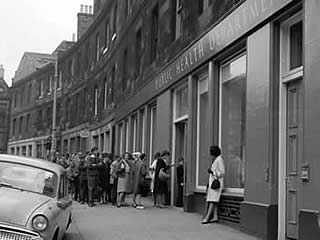 |
| |
|
| |
Action
for Sick Children formed under the name -Mother care
for children in Hospital (MCCH). |
|
|
| 1962
|
Training
organisations established for both Health Visiting and
Social Work. |
|
|
|
1966
|
Mother
care of children in Hospital (MCCH)
achieved charitable status and changed their name to the
National Association for the Welfare of Children In Hospital
(NAWCH). |
|
|
|
1968
|
Measles
Vaccine Introduced. |
|
|
|
1971-5
|
Infant
mortality 17 per 1000. |
|
|
|
1975
|
Child
Benefit Act of 1975 From 1977, Child Benefit
introduced (replaced Child Tax Allowance and Family Allowance).
All children including the first born child were eligible
up to the age of 16. Beyond that CB was only paid to those
up to age 19 if they were in full-time education. |
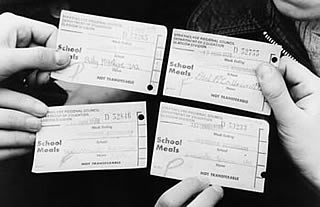 |
|
|
1976
|
The
Court Report published. |
|
|
|
1979
|
The
Nurses,
Midwives and Health Visitors Act of 1979. |
|
|
|
1981-5
|
Infant
mortality 10 per 1000. |
|
|
|
1982
|
The
Helen
House first children hospice opens. |
|
|
|
1983
|
The
United Kingdom Central Council for Nursing, Midwifery
and Health Visiting (UKCC) set up. |
|
|
|
1986
|
Gillick
Vs West Norfolk and Westbech Area health authority. The
ruling from the case has had profound issues on how children
are both treated re there competent to choose within society. |
|
|
|
1988
|
MMR
Vaccine Introduced. |
|
| |
|
|
|
Dr
Barnardo's charity changes
it name to Barnardo's. |
|
|
|
1989
|
The
Children Act 1989. |
|
| |
|
|
|
UN
Convention on the Rights of the Child. |
|
|
|
1990
|
Within
the late 1990's numerous reports
into the care of children are published.
|
|
| |
|
| |
Convention
on the Rights of the Child
191 out of 193 have signed/ ratified UK
signed in Dec 1991. |
|
|
|
1991
|
National
Association for the Welfare of Children In Hospital (NAWCH)
changes it name to Action for Sick Children.
|
|
|
| 1991-5 |
Infant
mortality 6 per 1000. |
|
|
|
1996
|
The
Children's Charter produced. |
|
|
| 1998 |
Human
Rights Act of 1998 incorporates provisions from the
European
Convention
on Human Rights into UK law and aims to balance properly
people's rights and responsibilities. When the Act comes
into effect on 2 October
2000, the Convention Rights will be enforceable in the
UK courts. |
|
| |
|
| |
The
beginning of the 21st century continues to see reports
into the care of children are published. |
|
|
|
2001
|
Human
Rights act of 1998 amended. |
|
| |
|
| |
The
patient charter superceded by Your
Guide to the NHS. |
|
|
|
2002
|
Nursing
and Midwifery Council formed replacing the United
Kingdom Central Council for Nursing, Midwifery and Health
Visiting (UKCC) . |
|

